We’ve all experienced a fall that made us stop and wonder, Am I okay? There’s no way I’m okay, right? before getting up, brushing the dirt off your hands, and carrying on with your day. But what happens when you fall and can’t shake the pain off right away? Moderate to severe pain following an injury can be a sign that something is seriously wrong. Keep reading to find out when you should go to the doctor for back pain after a fall.

How Do You Know if Your Injury is Serious from Back Pain After a Fall?
If you’ve had a recent fall and are unsure about the severity of the injury, it’s always a good idea to consult with your physician—just in case. However, if you’re experiencing any of the following symptoms, the injury may be more severe than you realize, and you should visit our ER for fall injury immediately. Seeking prompt evaluation by medical professionals can ensure you receive the necessary care to prevent further complications.
- Ongoing back pain that doesn’t improve with time
- Pain that lasts more than 6 weeks
- Severe pain that doesn’t lessen with traditional treatment methods (outlined below)
- Back and abdominal pain
- Numbness or altered sensory perception in the upper-inner thighs or the buttock, genital, or groin areas
- Severe burning pain in back that disturbs your sleep
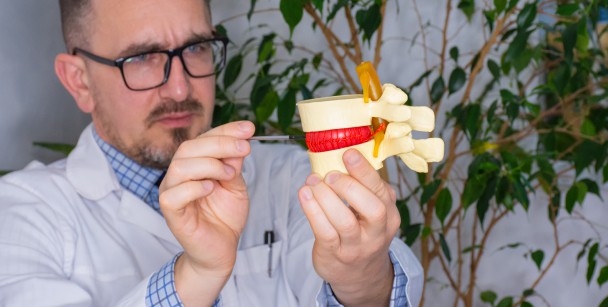
Types of Back Pain After a Fall
Nearly 22,000 people visit the ER every day after having a bad fall, and those falls can create several different types of injuries:
- Sprains & Strains – Occur when ligaments and tendons are stretched or torn from an impact, bone displacement, or tissue tear
- Tailbone Injuries – Occur when direct impact from a fall causes pain, inflammation, or tenderness at the bottom of the spine
- Discogenic Pain – Occurs when an abrupt landing fractures, herniates, or dislocates the vertebrae and/or discs in the spine
- Spinal Cord Injuries – Occur when the abrupt trauma is so powerful that it impacts the spinal cord, causing potentially permanent damage
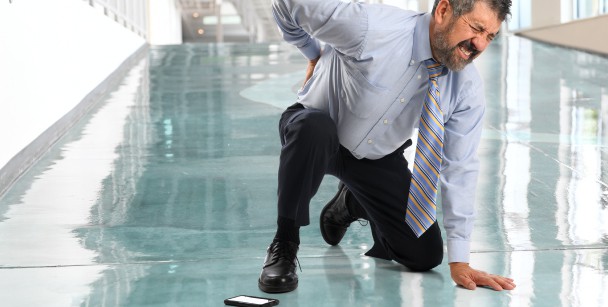
Symptoms To Look For After a Fall on Back
Symptoms of an acute back injury can present in many ways, but these are the most common:
- Pain or tenderness that worsens with movement
- Bruising
- Swelling
- Pain that radiates down one or both legs
- Muscle spasms on either side of the spine
- Stiffness; difficulty moving
- Difficulty standing upright
If you’re experiencing any of these following symptoms after a fall, it could be the sign of a serious back injury. If your symptoms match any of the items on this list, please seek emergency medical treatment or call 911 immediately:
- Shortness of breath; difficulty breathing
- Numbness/pins-and-needles sensation in the extremities
- Blood in the urine
- Paralysis
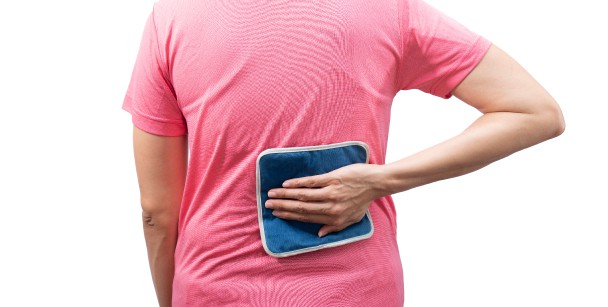
How To Treat Back Pain From a Fall?
You’ve probably heard that the cure for a minor back injury is bed rest, but some doctors might disagree, suggesting a gentle exercise program as the best at-home treatment. Unless you’re experiencing serious issues causing back pain (muscle weakness, fever, loss of control of the bowels or bladder, weight loss, etc.) or your physician directs you to do so, it’s important to stay as active as possible.
Adhering to these tips can help you relieve back pain at home:
- DO NOT engage in exercise for 2–3 weeks after the injury
- DO NOT perform activities involving twisting of the back or lifting heavy objects for 6 weeks after the injury
- Pause normal physical activity for 48–72 hours for 20 minutes every 3–4 hours to reduce inflammation/swelling
- Apply an ice pack to the affected area for the first 48–72 hours and then switch to heat—warm showers, baths, and compresses can help ease recovery
- Take an over-the-counter pain reliever like acetaminophen (Tylenol) or ibuprofen (Advil, Motrin IB)
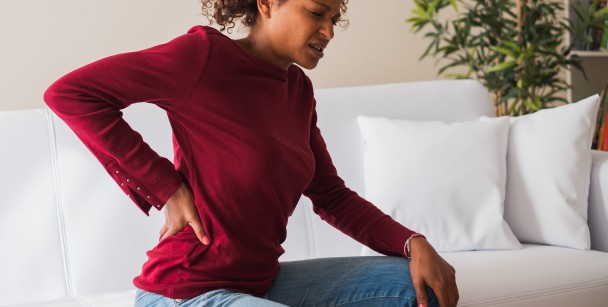
How Long Does it Take To Recover From a Fall on Your Back?
Generally, most acute back pain will begin to improve on its own within 1–4 weeks. Depending on the circumstances and severity of the injury, it could take longer to heal if you don’t seek medical attention or if you have other risk factors, like advanced age, osteoporosis, or other serious medical conditions. Lifestyle choices like engaging in sports, work environment, and general health also contribute to your healing time.
3Pain that continues for 12 weeks or more is considered chronic back pain—even if the initial cause of the injury is treated. Chronic back pain will, more often than not, require some form of medical attention before the injury is healed and you’re pain-free.
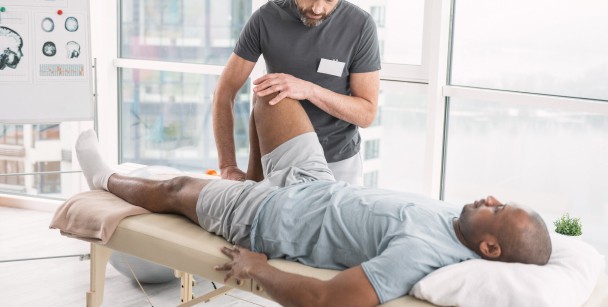
5 Tips to Reduce Fall Risk
- Talk to your doctor and be prepared to answer questions like:
- What medications are you taking?
- Have you fallen before?
- Do you have an underlying health condition that caused the fall?
- Perform strength and balance exercises to improve balance, coordination, strength, and flexibility.
- Make your home safer and remove dangerous obstacles that may cause you to trip and fall from high-traffic areas:
- Secure loose rugs with double-sided tape
- Immediately clean spilled liquid or grease from the floor
- Use a non-slip bath mat, or invest in a bath seat so you can sit down while you’re showering
- Install railing on both sides of all interior and exterior staircases
- Have your eyes checked to ensure your fall wasn’t caused by an unknown neurological issue or degenerative eye disease.
- Wear shoes whenever possible, or purchase non-slip socks with grip soles if shoes cause too much discomfort.
Put Back Pain Behind You—Village Emergency Centers
For millions of Americans, fall prevention is the same as injury prevention. It’s important to exercise caution when performing dangerous home maintenance tasks, like climbing onto the roof, or when navigating in inclement weather.
If you sustain a fall and are concerned that the accident may have caused serious or permanent damage, visit Village Emergency Centers for expert care. With convenient locations in Jersey Village and League City, our team is ready to help diagnose and treat injuries, including back pain after a fall, which can pose serious health risks if left untreated. Take the first step toward recovery with Village Emergency Centers.
